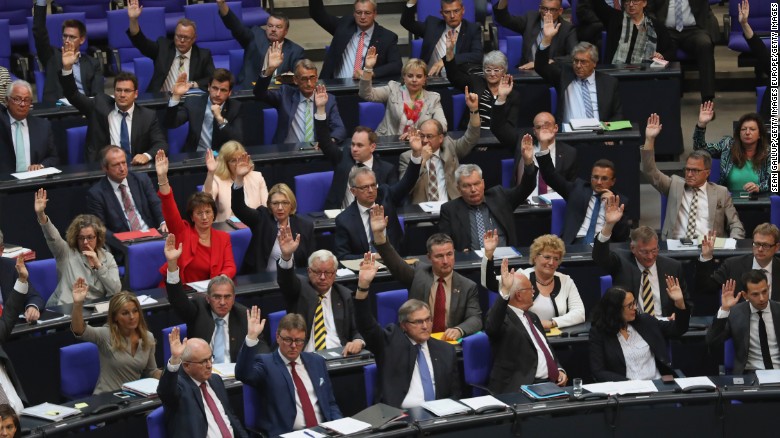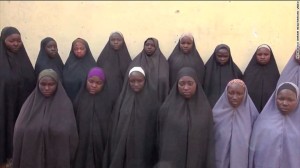By Sarah Lafen
Impunity Watch Desk Reporter, Europe
BERLIN, Germany — This past Thursday, a near-unanimous vote by the German parliament officially recognized the killing of Armenians by Ottoman Turks in 1915 as a genocide. Germany is home to an estimated three million Turks, two thousand of which demonstrated in Berlin opposing the German parliament’s ability to pass judgment. France passed similar legislation in 2011, to which Turkey responded to by recalling its ambassador in Berlin and freezing military cooperation between the two countries.

This declaration by the German parliament comes at a time in which strong foreign relations between Turkey and the European Union (EU) are vital, as the EU as a whole needs Turkey’s help in managing the refugee migrant crisis. As a result of a recent migrant deal between Turkey and the EU, a Syrian refugee in Turkey is resettled in the EU for every Syrian refugee that is returned to Turkey from Greece. Turkey also agreed to take necessary measures to prevent open migration routes between Turkey and the EU.
German diplomats across the world have spoken out to encourage Turkey to maintain ties with Germany despite the decision. The German Foreign Minister in Argentina, Frank-Walter Steinmeier, stated that he hoped the decision would not cause Turkey to overreact. German lawmakers see the move not as a jab at the Turkish government, but rather as a way to strengthen reconciliation efforts between Turkey and Armenia.
This decision has caused significant unrest in Turkey. Turkish President Reccep Tayyip Erdogan called this decision a “plot” against Turkey, and criticized German Chancellor Angela Merkel for not intervening to prevent the vote (Merkel did not take part in the vote). Erdogan stated that the decision would “seriously affect” Turkey’s ties with Germany, however would not affect Turkey’s ties with the EU. Turkish Prime Minister Binali Yildirim condemned the decision as “irrational” and predicted that it would put the friendship of the two countries to a serious test. A spokesman for Erdogan went so far as to blame Germany for relying on “lies” about Ottoman Armenians.
Within two hours of the vote, Turkey recalled its ambassador in Berlin for “consultations” and summoned a German diplomat to the foreign ministry in Ankara, the capital city of Turkey.
For further information, please see:
CNN — Germany Declares 1915 Armenian Killings a “Genocide” — 2 June 2016
Reuters — Germany Triggers Turkish Outcry with Armenian Genocide Vote — 2 June 2016
The Guardian — Turkey Recalls Ambassador After German MPs’ Armenian Genocide Vote — 2 June 2016
The New York Times — German Parliament Recognizes Armenian Genocide, Angering Turkey — 2 June 2016
Business Standard — Turkey Says German Recognition of Armenian Genocide is a ‘Plot’ — 4 June 2016
PRI — Why Germany’s Recognition of Armenian Genocide is Such a Big Deal — 5 June 2016

